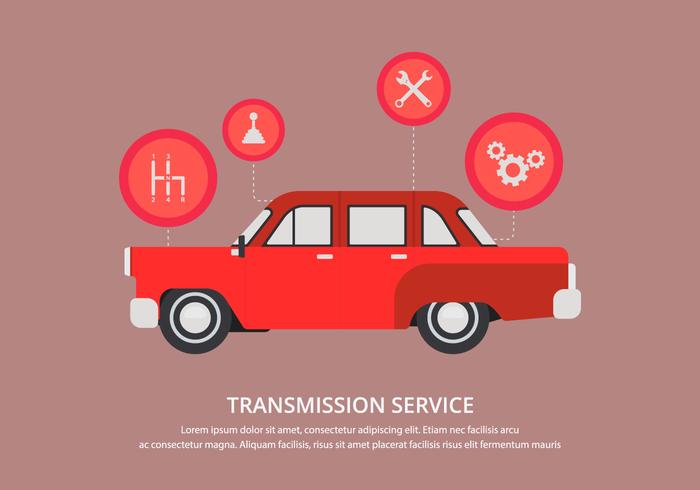When you're behind the wheel, those beautiful caution lights on your dashboard can be a little bit puzzling. Do you understand what they're trying to tell you concerning your vehicle's health and wellness? Understanding the relevance of these lights is important for your security and the longevity of your automobile. So, the next time among those lights appears, wouldn't you want to analyze its message properly and take the essential steps to resolve it?
Common Caution Lights and Interpretations
Determine usual warning lights in your vehicle and understand their significances to ensure risk-free driving.
The most typical caution lights include the check engine light, which indicates concerns with the engine or emissions system. If this light begins, it's important to have your car checked promptly.
The oil pressure cautioning light shows low oil pressure, calling for prompt focus to stop engine damage.
A flashing battery light could recommend a malfunctioning billing system, potentially leaving you stranded if not resolved.
The tire stress surveillance system (TPMS) light notifies you to low tire stress, impacting car stability and fuel performance. Neglecting this can lead to unsafe driving conditions.
The ABS light shows a trouble with the anti-lock stopping system, endangering your capability to quit promptly in emergency situations.
Lastly, the coolant temperature warning light warns of engine getting too hot, which can lead to serious damage otherwise solved swiftly.
Recognizing these typical warning lights will certainly help you deal with problems quickly and preserve secure driving problems.
Value of Prompt Attention
Understanding the usual warning lights in your automobile is just the first step; the importance of quickly dealing with these warnings can't be emphasized sufficient to guarantee your safety and security when traveling.
When a warning light illuminates on your dashboard, it's your auto's means of connecting a possible issue that requires interest. Disregarding these warnings can bring about much more serious problems down the road, endangering your safety and security and possibly costing you more out of commission.
Trigger focus to warning lights can stop malfunctions and accidents. For instance, a flashing check engine light can suggest a misfire that, if left ignored, might cause damage to the catalytic converter. Resolving https://oil-change-prices-near-me49493.blog2news.com/32703321/mobile-vehicle-describing-enhancing-your-lorry-s-appearance-on-the-move can conserve you from a pricey fixing.
In a similar way, a brake system cautioning light may signify low brake liquid or worn brake pads, important parts for your safety when driving.
Do It Yourself Troubleshooting Tips
If you see a caution light on your dashboard, there are a few do it yourself fixing pointers you can try prior to looking for professional aid.
The primary step is to consult your vehicle's manual to comprehend what the particular caution light suggests. Occasionally the concern can be as simple as a loosened gas cap setting off the check engine light. Tightening up the gas cap might solve the problem.
https://www.detroitnews.com/story/business/autos/2022/05/10/auto-parts-shortage-lengthens-wait-times-recall-fixes/7446172001/ is a reduced battery, which can set off numerous cautioning lights. Checking the battery links for deterioration and ensuring they're protected might deal with the problem.
If a warning light lingers, you can try resetting it by detaching the automobile's battery for a couple of minutes and after that reconnecting it. Furthermore, inspecting your vehicle's liquid levels, such as oil, coolant, and brake liquid, can aid fix alerting lights related to these systems.
Final thought
Finally, comprehending your cars and truck's caution lights is necessary for keeping your vehicle running efficiently and securely. By promptly dealing with these informs and understanding what they suggest, you can prevent expensive fixings and possible breakdowns.
Remember to consult your car's guidebook for specific details on each cautioning light and act appropriately to make sure a trouble-free driving experience.
Stay notified, stay secure when traveling!
